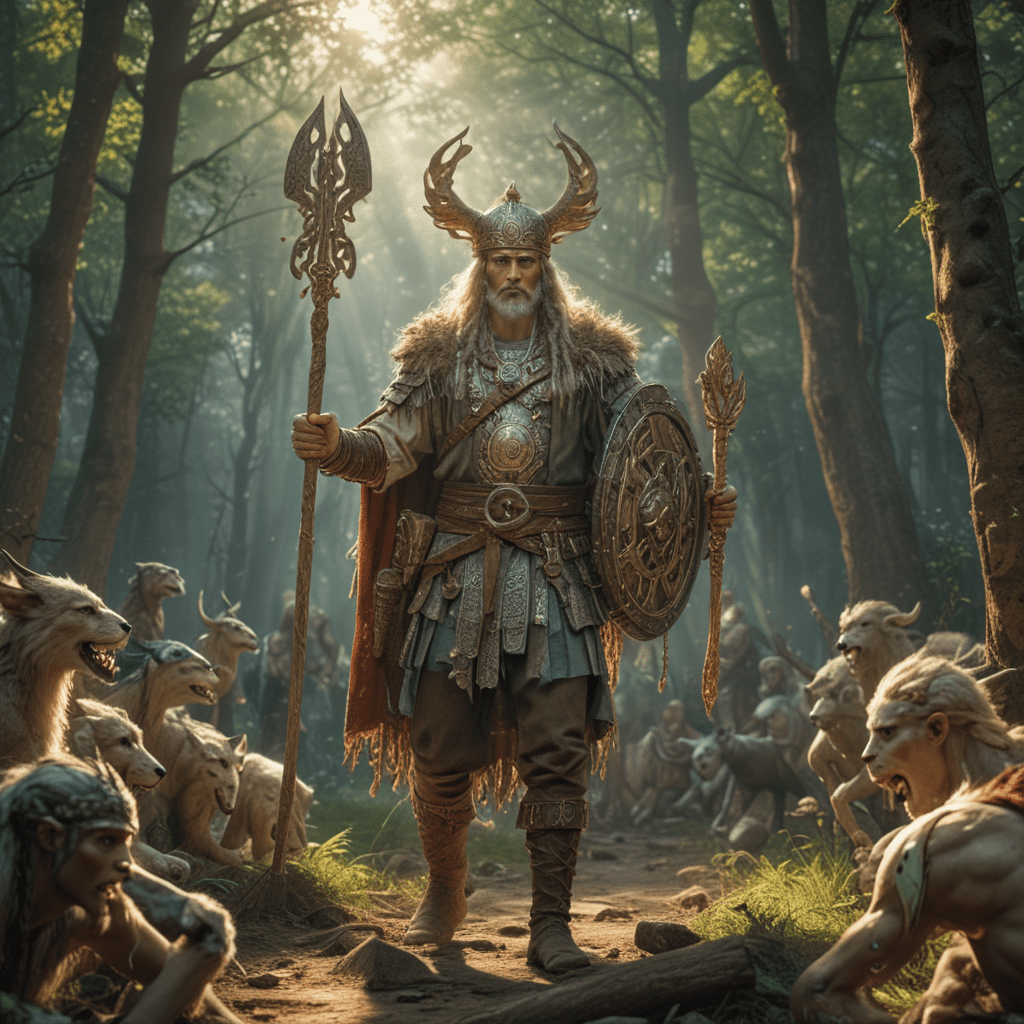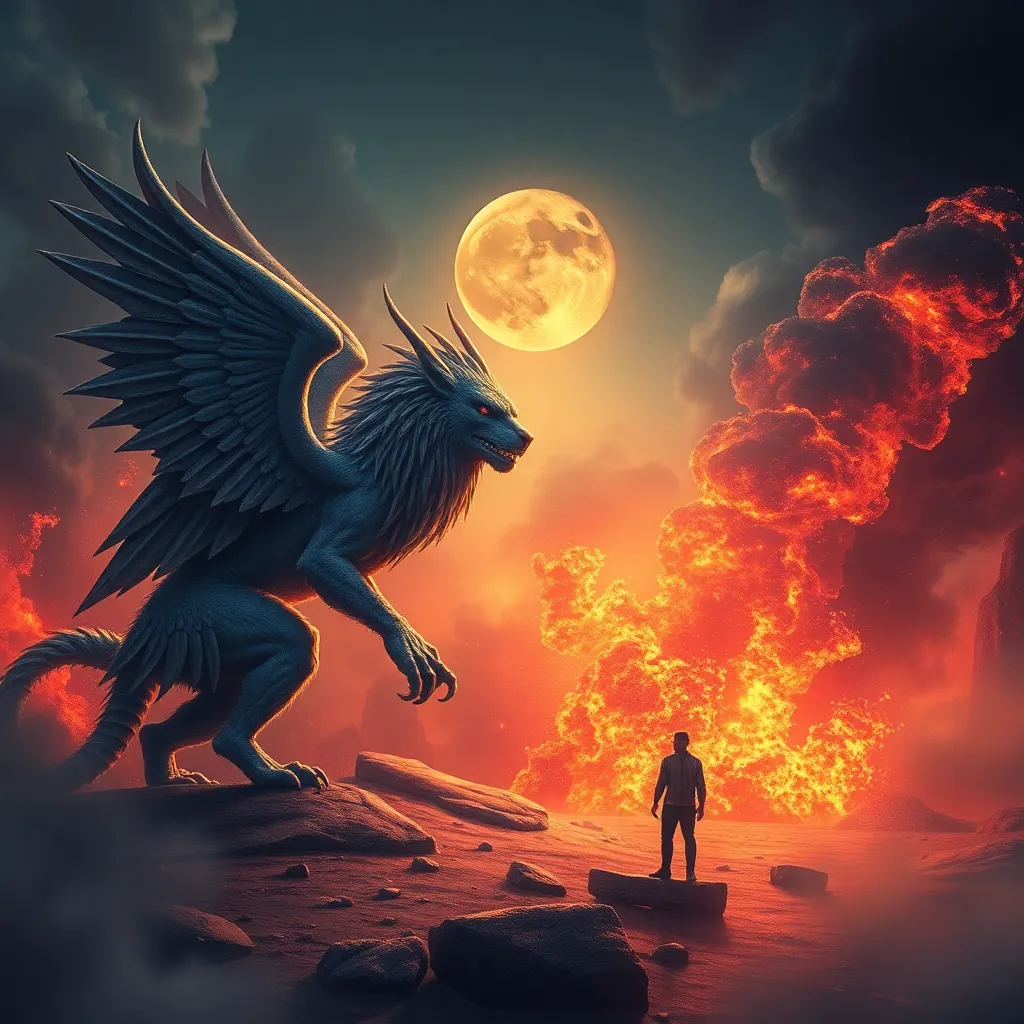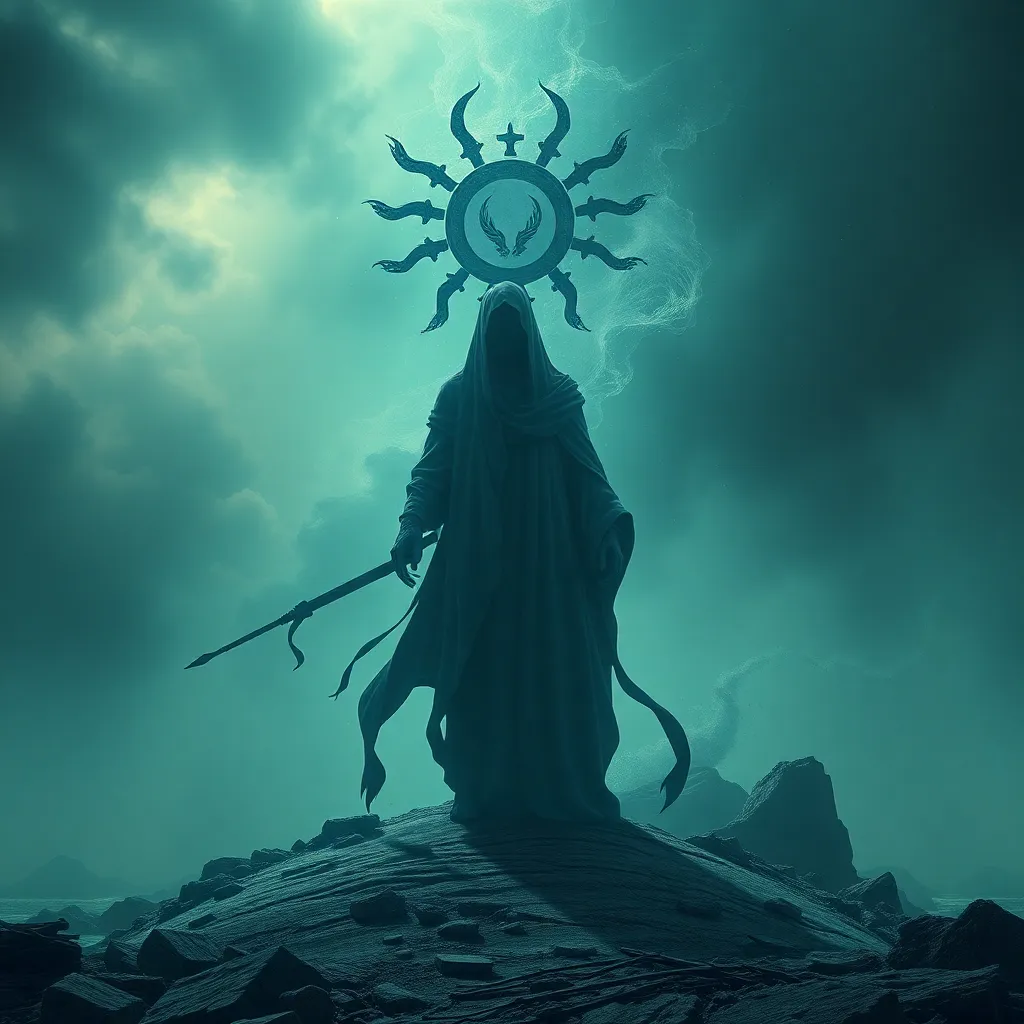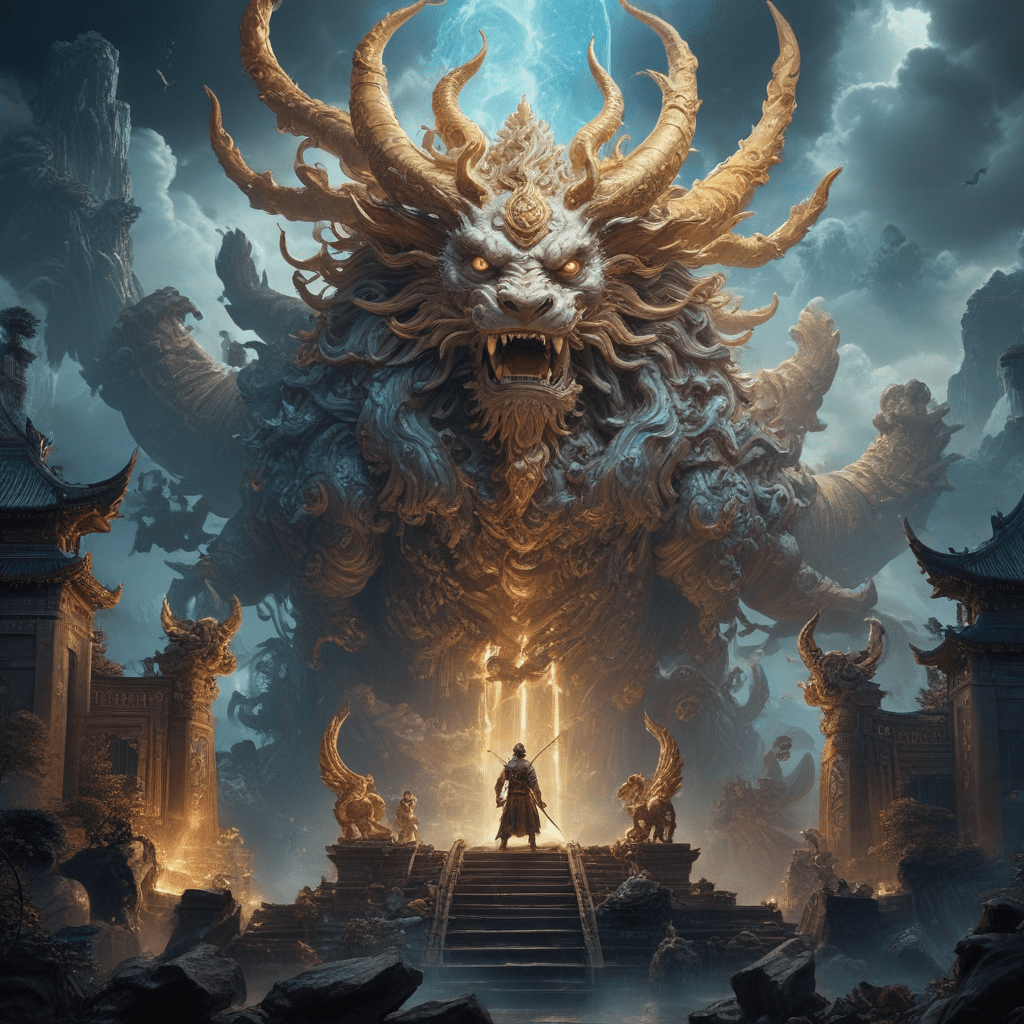Slavic Mythology: Folklore and Legends
Slavic mythology, a rich tapestry of beliefs, deities, spirits, and folklore, has captivated the imagination of generations. Rooted in the ancient traditions of the Slavic peoples, this vibrant mythology provides a glimpse into the cultural, historical, and spiritual beliefs of this fascinating region.
Origins and Influences
Slavic mythology evolved over centuries, influenced by a diverse range of cultures. Its roots lie in the Proto-Slavic period, with influences from Indo-European mythology, Iranian mythology, and Finno-Ugric beliefs. These various influences blended together to create a unique and captivating mythology that is distinct from other European mythologies.
Key Deities and Spirits
Slavic mythology features a pantheon of deities, each with their own powers and responsibilities. Among the most prominent deities are Perun, the thunder god; Veles, the god of the underworld; and Svarog, the god of the forge. In addition to these gods, there are numerous other spirits that inhabit the Slavic mythological world, including house spirits, forest spirits, and водяной (water sprites).
The Cosmic World Tree
The World Tree is a central symbol in Slavic mythology, representing the cosmic order and the connection between different realms. Its roots reach into the underworld, its trunk supports the mortal world, and its branches extend up to the heavens. The World Tree is often associated with fertility, life, and the cycle of seasons.
The Sun, Moon, and Stars
The sun, moon, and stars play significant roles in Slavic mythology. The sun is a powerful deity associated with life and fertility, while the moon is associated with change, mystery, and the supernatural. The stars are believed to hold influence over human destiny and are often used in divination.
6. The Nav (Underworld) and its Denizens
The Nav, or Slavic underworld, is a realm of darkness and mystery. It is ruled by Veles, the god of the underworld, and is inhabited by a host of spirits and creatures. Among these are the Vila, beautiful but dangerous water spirits; the Rusalka, vengeful spirits of drowned women; and the Kikimora, a mischievous house spirit. The Nav is a place of both fear and wonder, and its denizens can be both helpful and harmful to humans.
7. Folklore and Oral Tradition
Slavic mythology was primarily passed down through oral tradition. Stories, legends, and songs were shared around the fireside, providing entertainment and moral lessons. These tales often featured mythical creatures, heroes, and gods, and they played a vital role in preserving the traditions and beliefs of the Slavic peoples.
8. Fairy Tales and Legends
Slavic mythology is closely intertwined with fairy tales and legends. Many of the creatures and characters found in Slavic mythology appear in these stories, which often feature magical transformations, quests, and battles between good and evil. Fairy tales and legends provided a means for Slavic people to explore their beliefs and values, and they continue to be popular today.
9. Regional Variations and Customs
Slavic mythology varies from region to region, reflecting the diverse cultures and traditions of the Slavic peoples. Different regions have their own unique stories, legends, and customs, all of which contribute to the rich tapestry of Slavic mythology.
10. Slavic Mythology in Modern Culture
Slavic mythology continues to inspire and influence modern culture. Elements of Slavic mythology can be found in literature, film, music, and other forms of artistic expression. Slavic mythology also plays a role in modern paganism and other spiritual practices. The enduring popularity of Slavic mythology is a testament to its power and relevance, and it continues to captivate audiences around the world.
Frequently Asked Questions (FAQs)
Q: What are some examples of Slavic gods?
A: Perun, Veles, Svarog, Dazhbog, and Morana are some of the most prominent Slavic gods.
Q: What is the World Tree in Slavic mythology?
A: The World Tree is a cosmic symbol representing the connection between different realms. Its roots reach into the underworld, its trunk supports the mortal world, and its branches extend up to the heavens.
Q: What creatures inhabit the Nav, or Slavic underworld?
A: The Nav is inhabited by a host of spirits and creatures, including the Vila, Rusalka, and Kikimora.
Q: How was Slavic mythology passed down?
A: Slavic mythology was primarily passed down through oral tradition. Stories, legends, and songs were shared around the fireside, providing entertainment and moral lessons.
Q: What is the significance of fairy tales and legends in Slavic mythology?
A: Fairy tales and legends provided a means for Slavic people to explore their beliefs and values, and they continue to be popular today.



